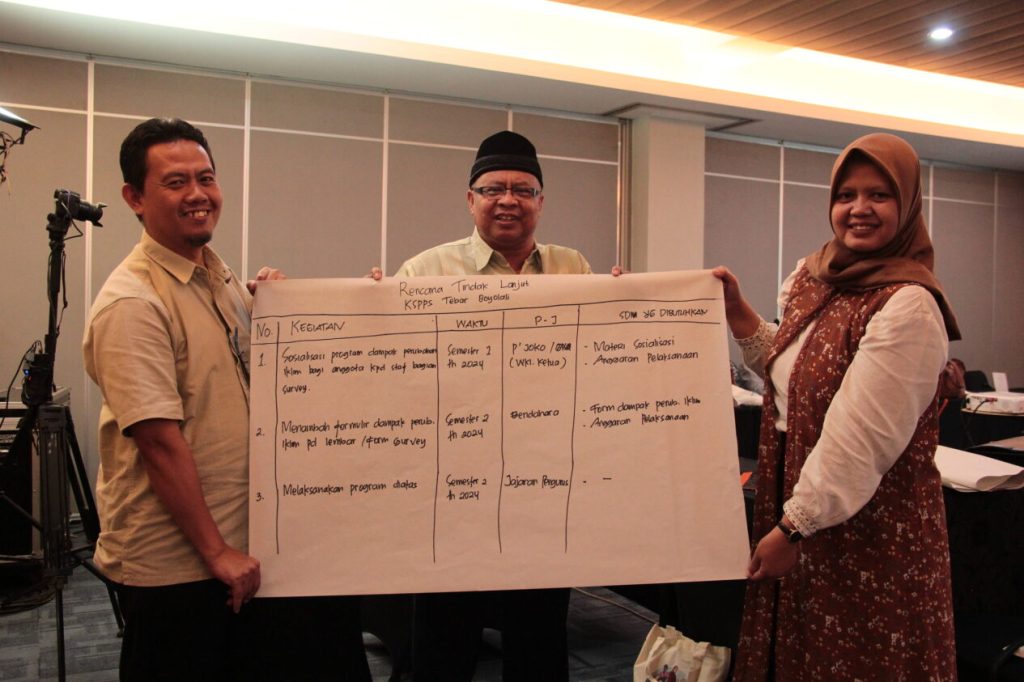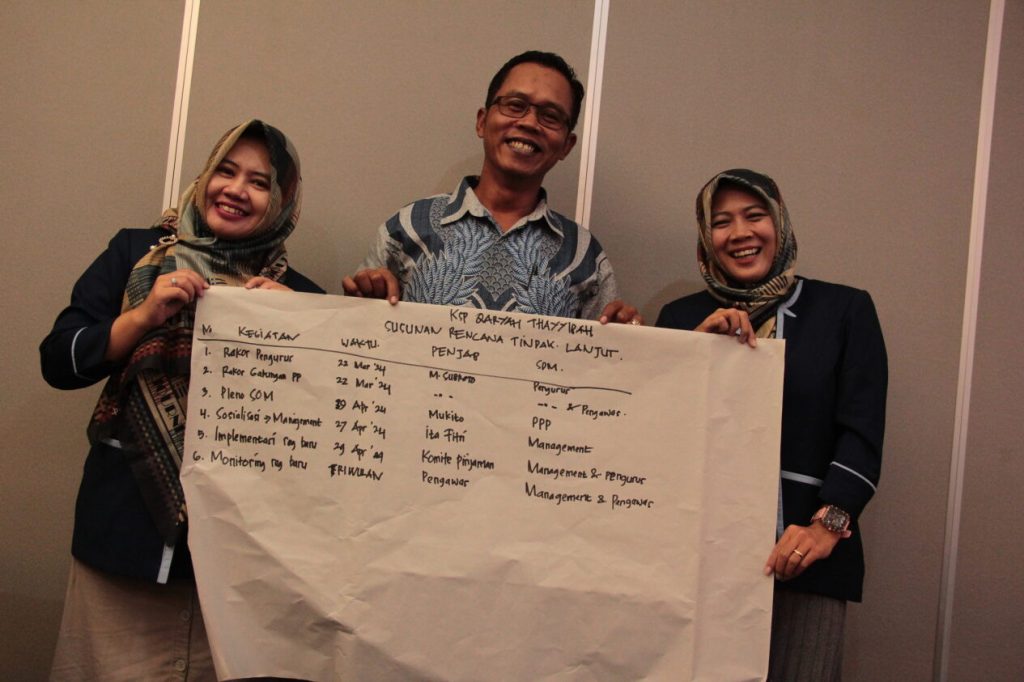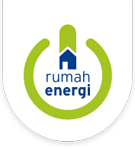Workshop: Climate Change Risk Assessment
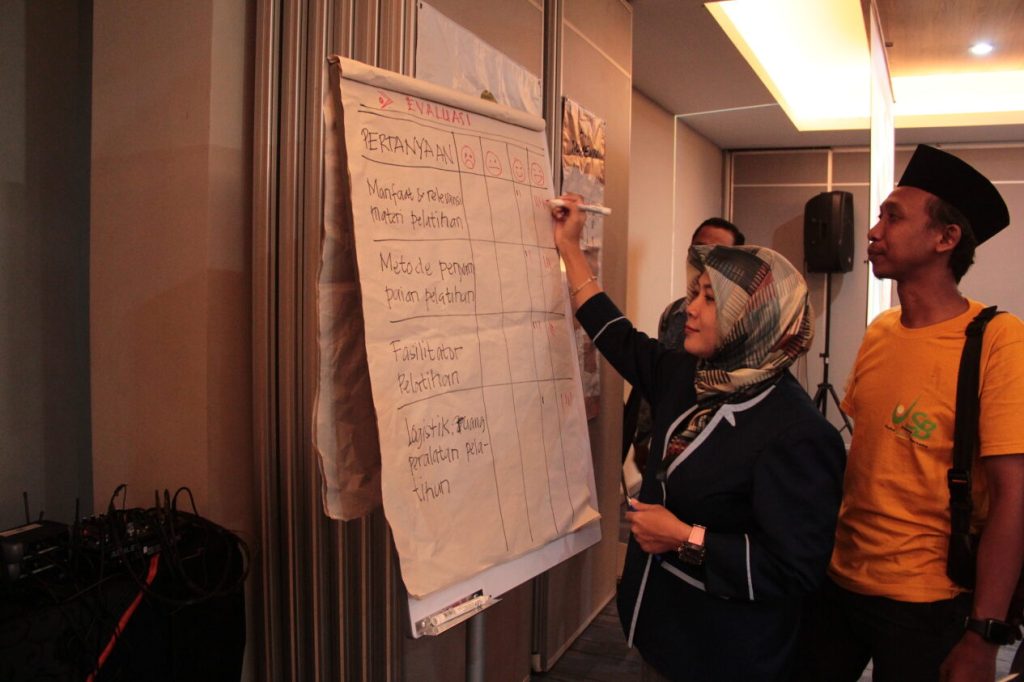
The Climate Change Risk Assessment Workshop was held last March in a hybrid manner involving participants from YRE partner cooperatives including KSP Qaryah Thayyibah, KSU Gardu Tani Gedong Songo, KSPSS Tebar, KSPSS Usaha Syariah Bersama, Samesta Cooperative, KJUB Puspetasari, UPP Kaliurang Cooperative and KPSP Setia Kawan. Online, this workshop was attended by participants representing cooperative institutions and institutions with an interest in cooperatives.
This workshop aims to enable cooperative institutions to act as agents of change in the climate change adaptation process, by recognizing the risks of climate change and improving their Business Plans to be more adaptive to climate change. The main targets of this workshop are four cooperative institutions in Central Java Province and other cooperatives within the scope of the Green Cooperatives and BIRU Program through a series of two Capacity Building Training activities on the topics of Climate-Risk, Water Assessment, and Waste Management Technology Best Practices.
The activity began with opening remarks from Mr. Widi who represents the Central Java Environmental Service (DLH). He said, the impact of climate change already being felt, and flooding even in upper areas was rare. He added the need for collaboration in efforts to mitigate climate change.
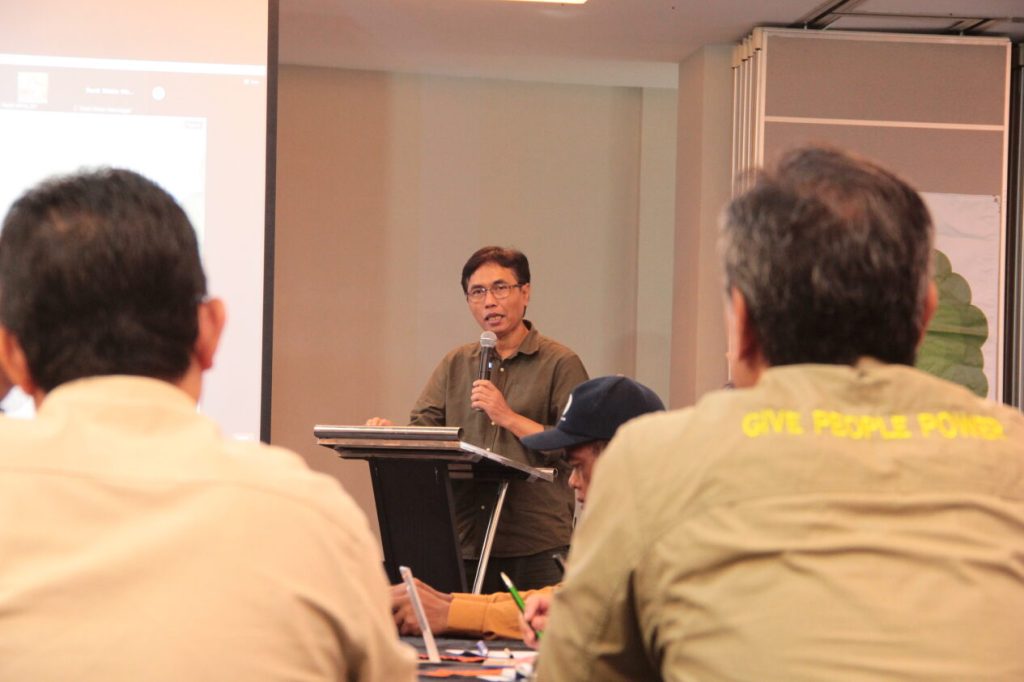
“We cannot go it alone. We always invite stakeholders, including Bintari and YRE, to continue mitigating climate change.”
DLH Central Java has programs that can be collaborated with programs at YRE such as Climate Village. Then there is also the Sustainable Village program provides awards and assistance to village governments that have made efforts to protect and preserve the environment as well as develop an environment-based economy. DLH Central Java supports this program and hopes that in the future it will develop further and involve more other cooperative institutions.
The training activity was guided by Mas Inung & Mbak Mega. Mas Inung then explained climate risk and its relation to risk analysis from a financial perspective in the context of cooperatives. He revealed that without policy intervention Indonesia has the potential to experience losses of up to 500 trillion rupiah during 2020-2024 due to the impact of climate change. The areas currently observed to be the most vulnerable are mainly coastal areas.
“Climate change refers to long-term changes in temperature and weather patterns. Before the 1800s, climate change occurred due to natural factors, climate change has increased since the industrialization era, mainly due to the use of fossil fuels. In terms of temperature, over the last 40-year period, “There will be a temperature increase of 0.3 degrees Celsius in one decade. This increase in temperature will directly cause sea levels to rise on average in Indonesia by 4 mm every year, higher than the global average of 3 mm every year.” Said Mas Inung.
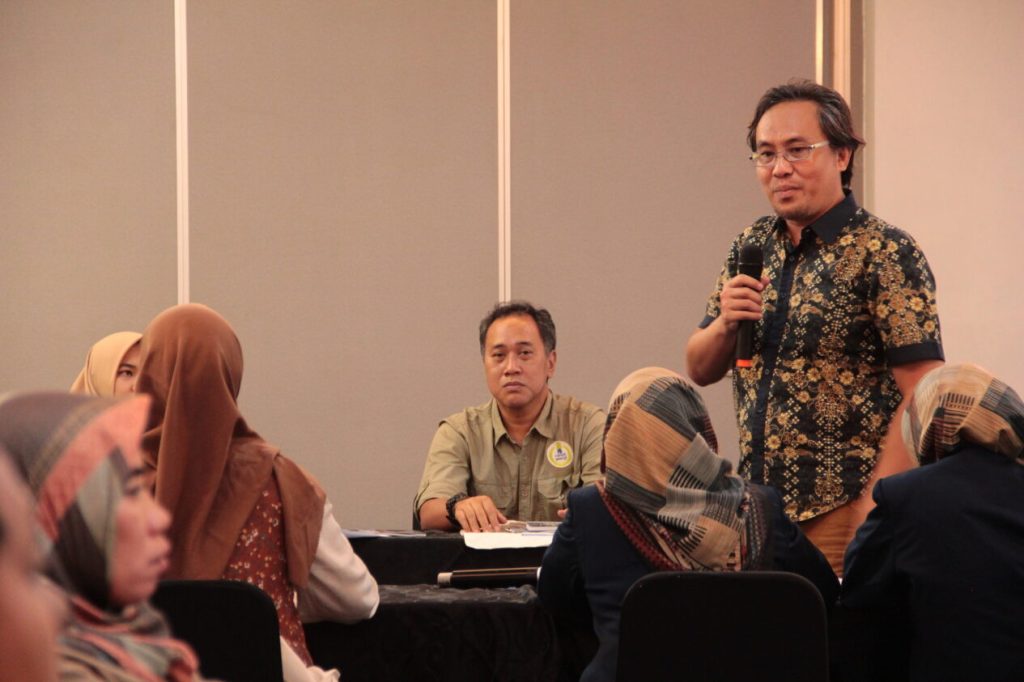
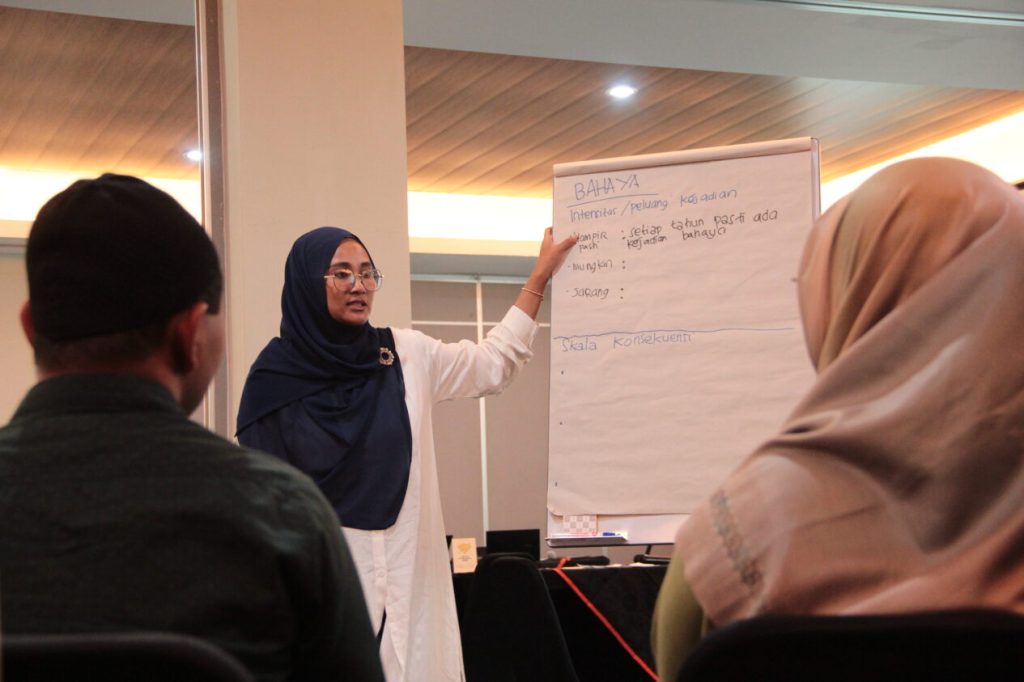
In Central Java itself, there has been an increase in temperature, changes in rainfall, and shifts in seasons. Generally, what is most felt is the increasingly extreme weather changes. For example, rainfall of 200 mm should occur in 4 months but can occur in only 2 months. This is what makes conditions extreme and even results in flooding. So far, the impact of climate change is always associated with the macro level (impact on a national or regional scale). Then the question is, what is the impact on the micro level, the impact on individuals, families, or organizations or groups?
Then Mrs. Mega explained to the participants how to calculate the risk of climate change impacts at the micro level, using the basic formula:
R = H x V
R: Risk (Risk)
H: Danger (Hazard)
V: Vulnerability
Risk is influenced by Hazards and Vulnerabilities. Hazards are things that cause disasters and climate change, while vulnerability itself is an illustration of how likely it is for society and/or in this context, businesses to be negatively impacted. The aim of this Climate Risk Assessment is that apart from calculating financial risks, it is hoped that in the future cooperatives can become agents for making society more resilient or resilient to climate change.

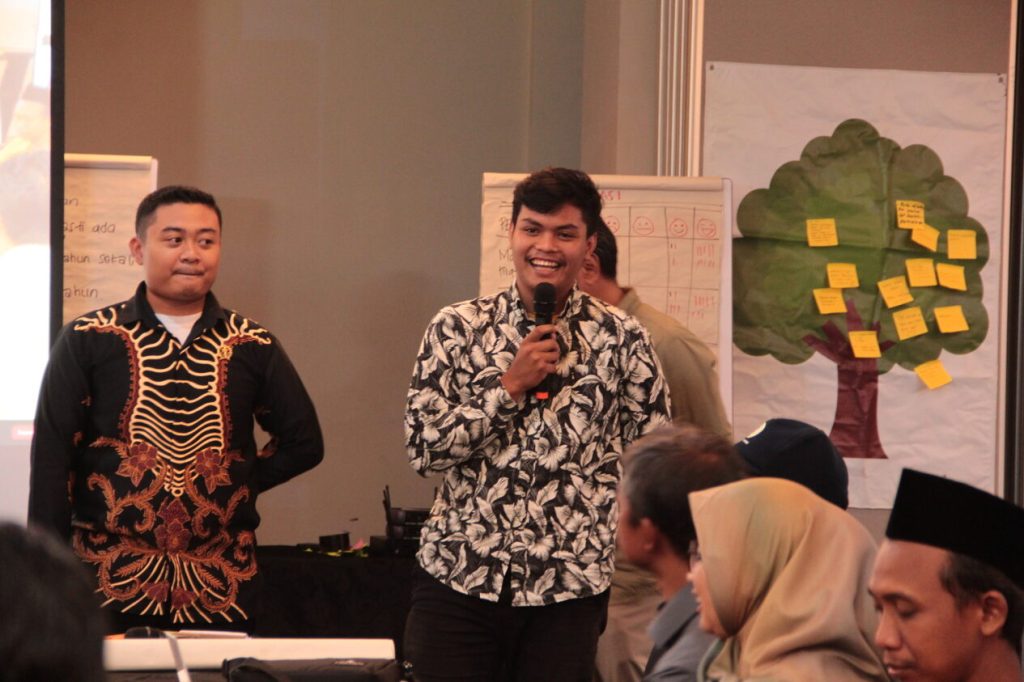
The assessment approach to climate change risk can take two perspectives, namely the consequence scale (disaster/danger) and the probability scale (disaster/hazard occurrence). The scale of consequences is the amount of damage caused by an event (hazard, disaster, and non-disaster) as a result of climate change. The scale is divided into three; significant, moderate, and catastrophic. The probability scale is the chance of a hazard occurring due to climate change taking into account the estimated changes in climate variables that occur.
After explaining theoretically, the Trainer invites participants to play role-play. The cast is divided into two, surveyors and prospective members. This role play shows how surveyors use risk analysis tools that have previously been studied together in the session, while prospective members whose profiles have been determined will try to convince surveyors from the cooperative.
In the next session, each group discussed business cluster vulnerability assessment indicators, what information needed to be asked to determine the level of vulnerability of a business, and to whom the questions needed to be asked. After a series of discussions, participants were then allowed to present the results of their group discussions. At the closing of the series of activities, participants prepared follow-up plans that would be implemented in each cooperative later.
